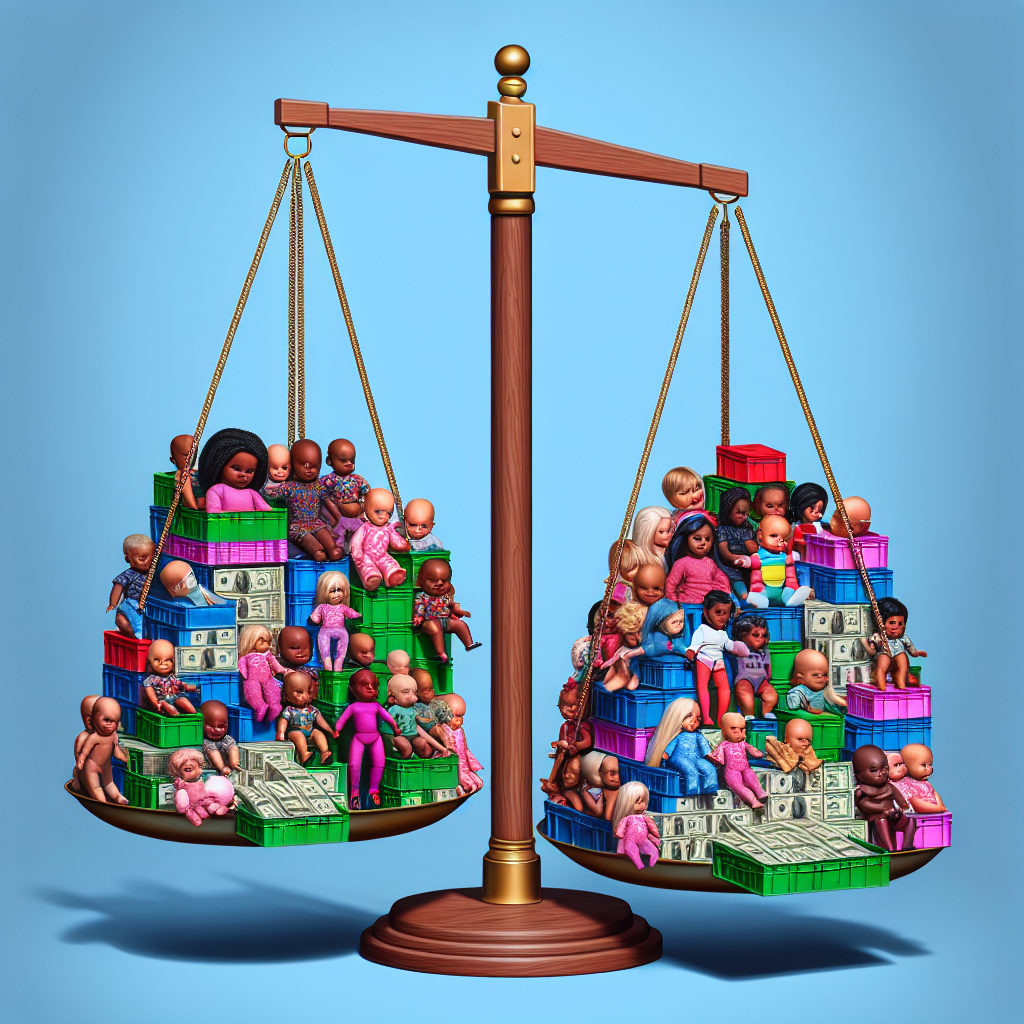Toys as Trade War Casualties: The Impact of Trump’s Tariffs on Doll Imports
Toys as Trade War Casualties: The Impact of Trump’s Tariffs on Doll Imports
Introduction
The trade war initiated by the Trump administration has had far-reaching effects across various industries, with the toy sector, particularly doll imports, being significantly impacted. This summary explores the consequences of these tariffs on the toy industry, focusing on the challenges faced by manufacturers and consumers alike.
Background on Tariffs
In an effort to address trade imbalances, the Trump administration imposed tariffs on a wide range of Chinese imports, including toys. These tariffs aimed to encourage domestic production but resulted in unintended consequences for the toy industry.
Impact on Doll Imports
- Increased Costs: The tariffs led to higher import costs for doll manufacturers, which were often passed on to consumers in the form of increased prices.
- Supply Chain Disruptions: Many toy companies faced disruptions in their supply chains, leading to delays and reduced availability of popular doll brands.
- Market Shifts: Some companies sought alternative manufacturing locations outside of China to mitigate tariff impacts, leading to shifts in global production strategies.
Consumer Reactions
Consumers experienced the effects of tariffs through higher prices and limited availability of certain doll products. This led to changes in purchasing behavior, with some opting for alternative or domestic brands.
Industry Adaptations
- Innovation and Diversification: Toy companies began investing in innovation and diversifying their product lines to remain competitive in a challenging market.
- Strategic Partnerships: Collaborations with international partners became more common as companies sought to navigate the complexities of the new trade landscape.
Conclusion
The imposition of tariffs during the Trump administration had a profound impact on the toy industry, particularly affecting doll imports. While the intention was to bolster domestic production, the reality included increased costs, supply chain challenges, and shifts in consumer behavior. As the industry continues to adapt, the long-term effects of these tariffs remain a topic of significant interest and analysis.

















